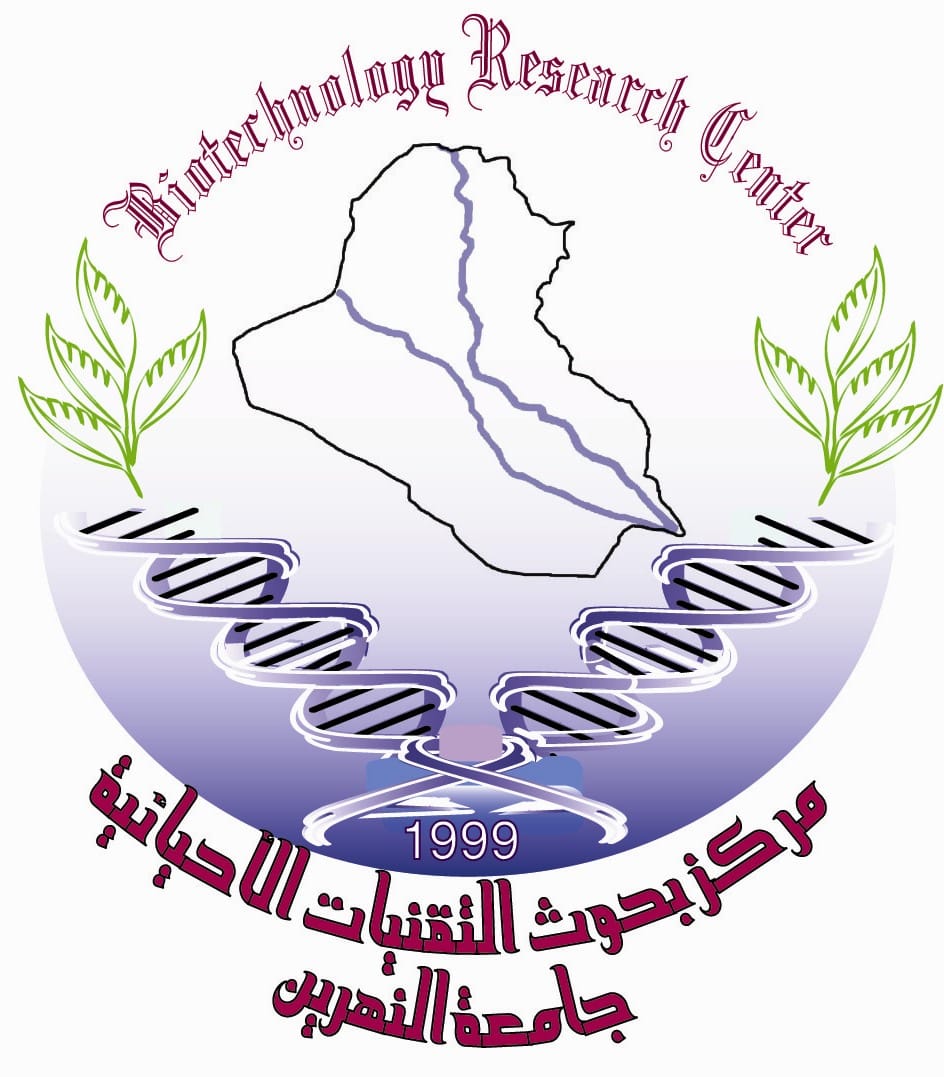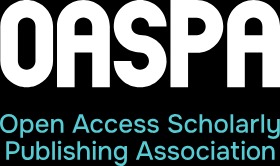Using plant tissue culture technique to evaluate of three genotypes (Triticum aestivum L.) to salinity tolerance.
DOI:
https://doi.org/10.24126/jobrc.2012.6.2.223Abstract
he effect of five levels of sodium chloride (0.0, 0.5, 1.0, 1.5, 2) % on callus initiated from immature embryos of three genotypes of Triticum aestivum L. (I.E.Tamose 2, Rabeia, genotype 20) were investigated. Callus fresh and dry weight, cell contents of proline, carbohydrate as well as Na, Cl, K and Ca ions were used as parameters to determine the effect of NaCl on callus culture. The results showed Significant differences between genotypes in the most parameters studies significant reduction in callus fresh and dry weight as well as callus content of K, Ca ions and carbohydrate with NaCl concentration increased in the medium . On the other hand proline concentration Na and Cl ions were significant increased with NaCl concentration increased in the culture medium. Significant interactions were recorded between genotypes and salt concentration in their parameters.
Downloads
Published
How to Cite
Issue
Section
License
This is an Open Access article distributed under the terms of the creative commons Attribution (CC BY) 4.0 license which permits unrestricted use, distribution, and reproduction in any medium or format, and to alter, transform, or build upon the material, including for commercial use, providing the original author is credited.











